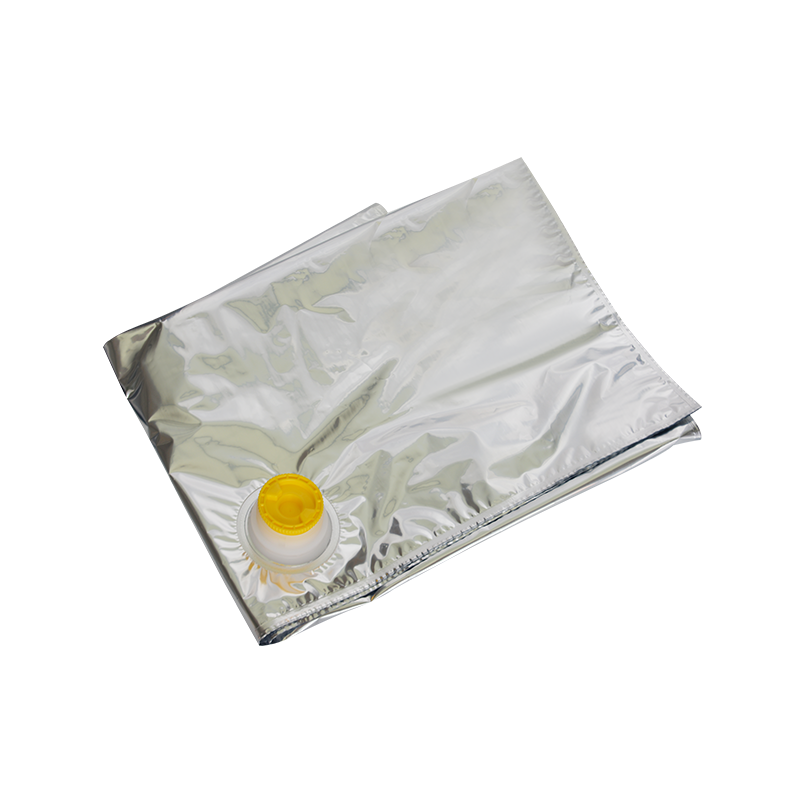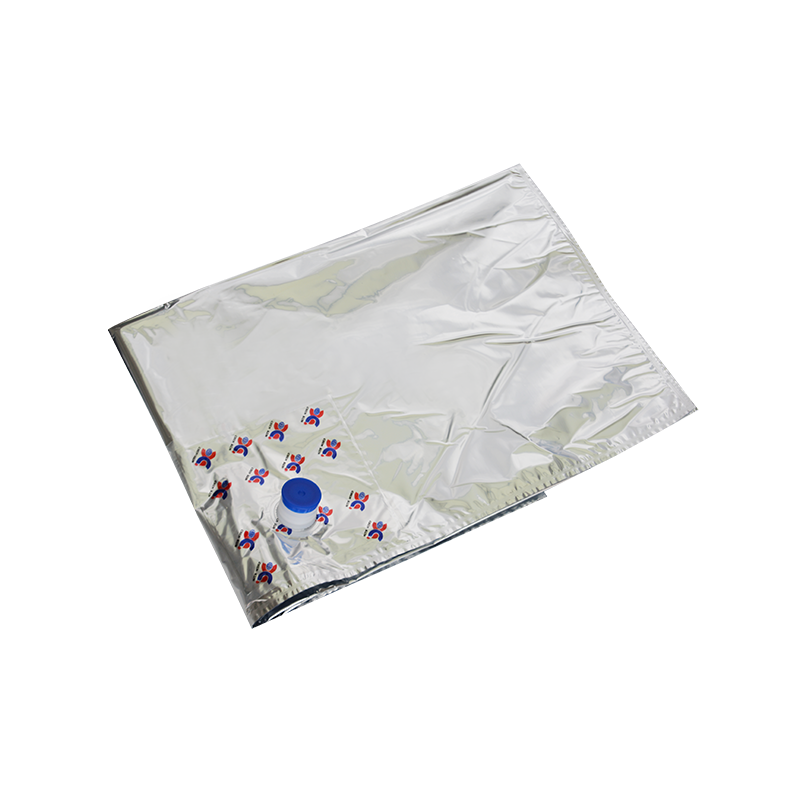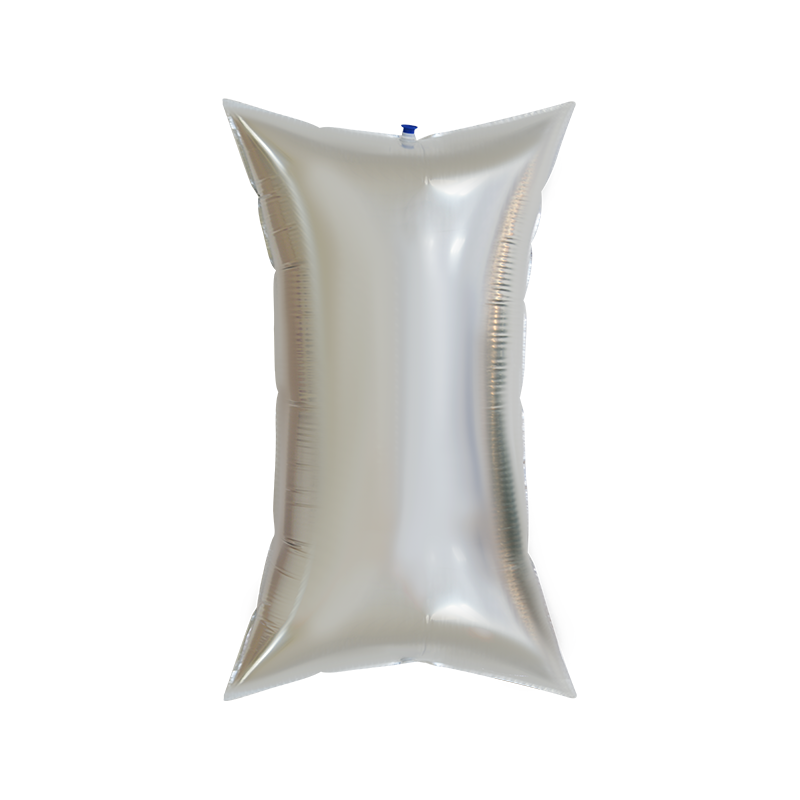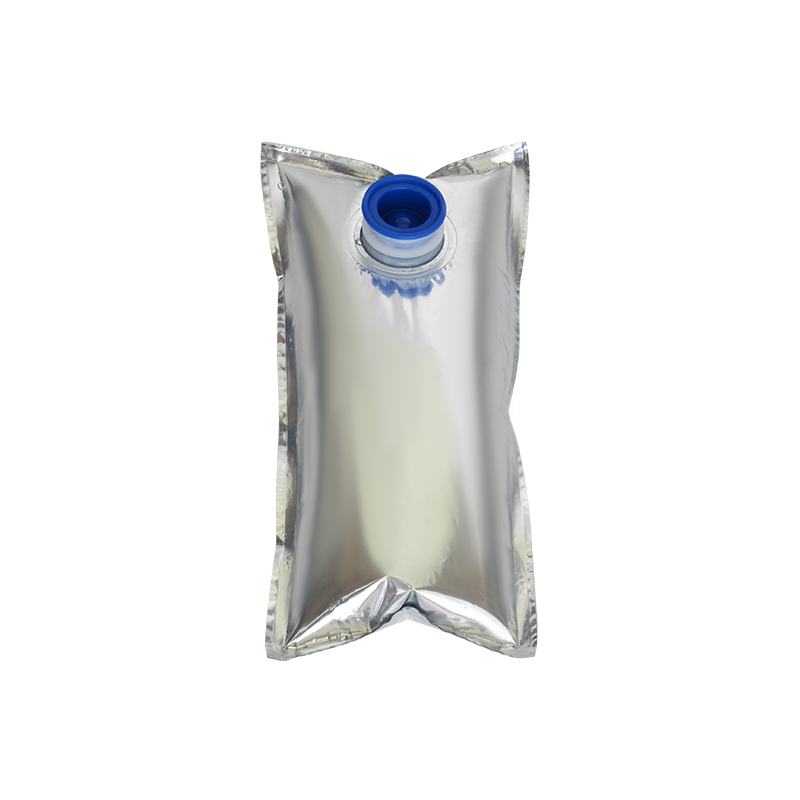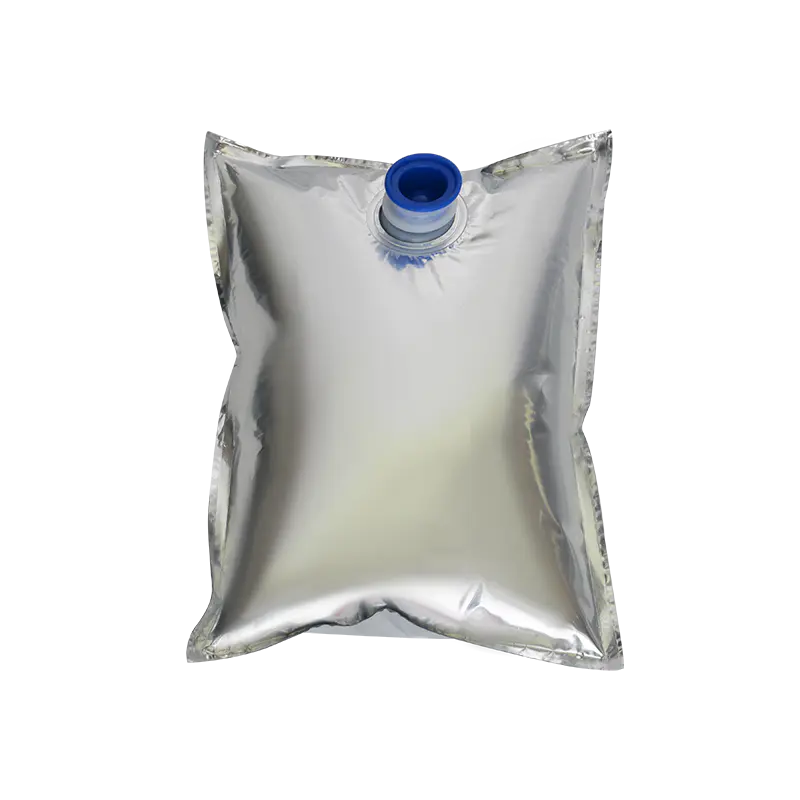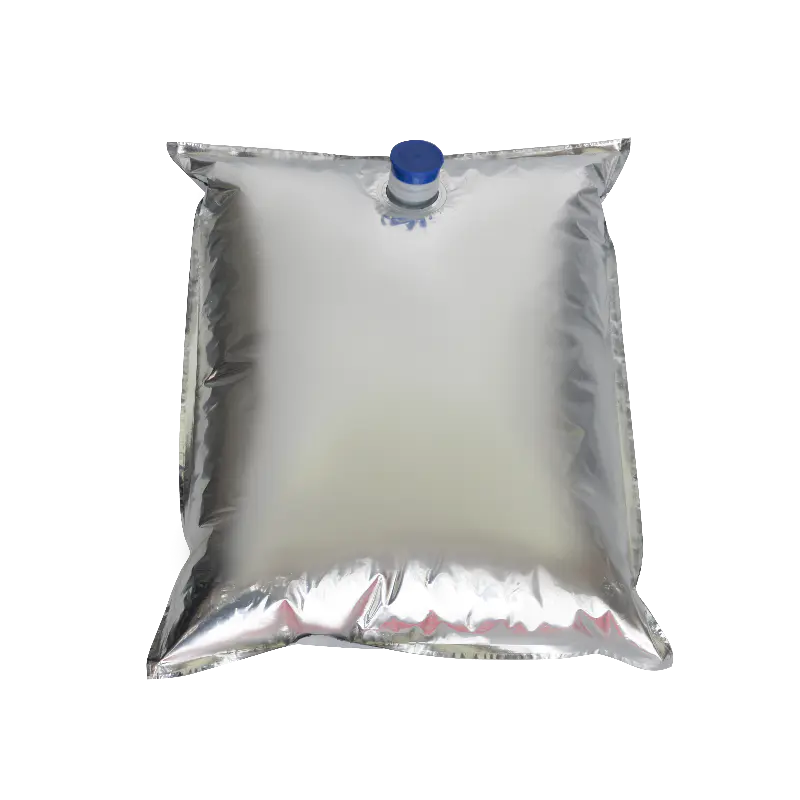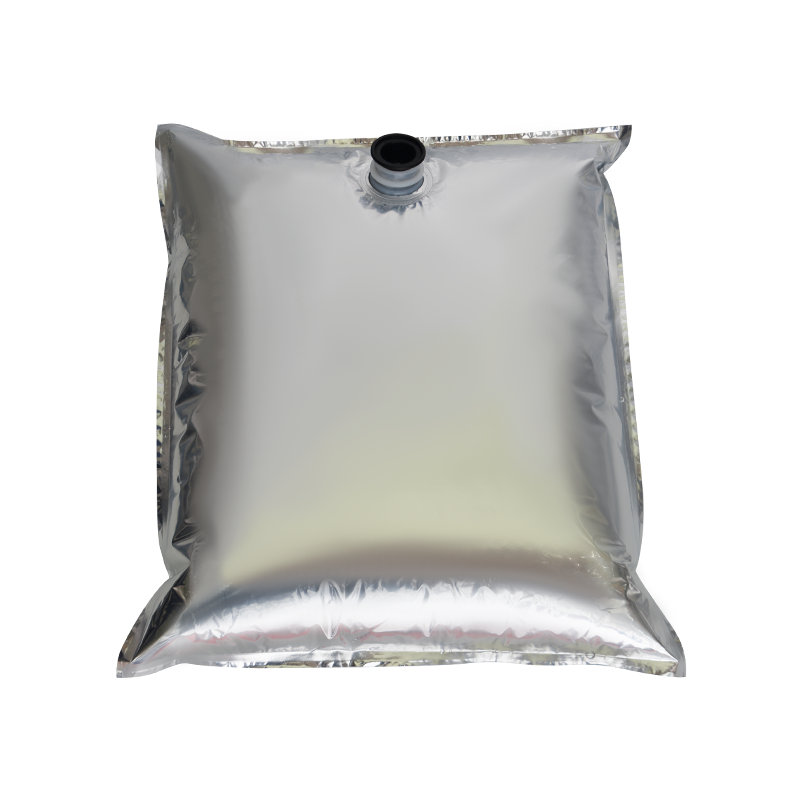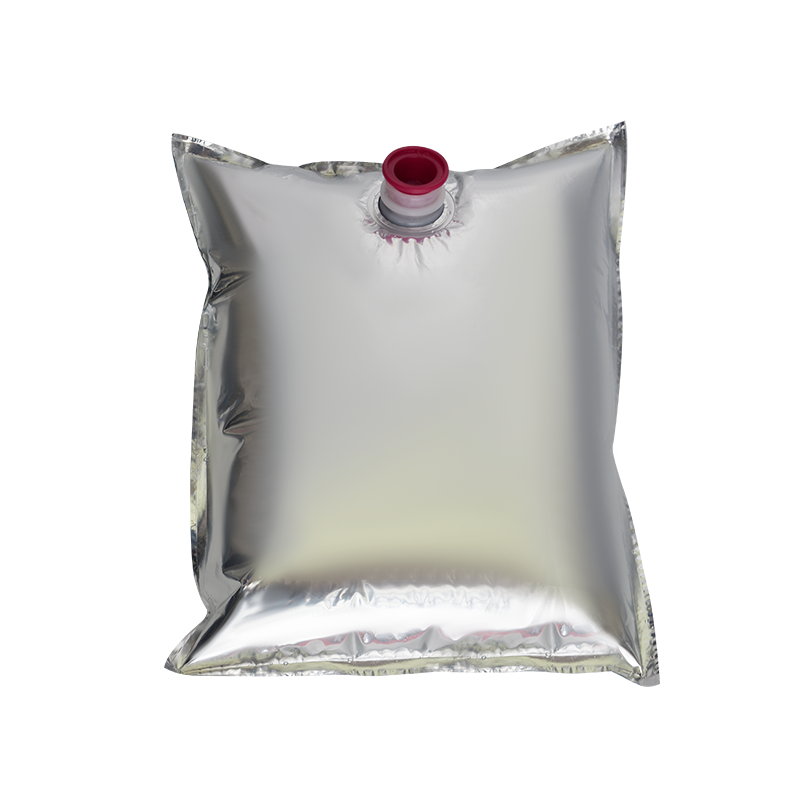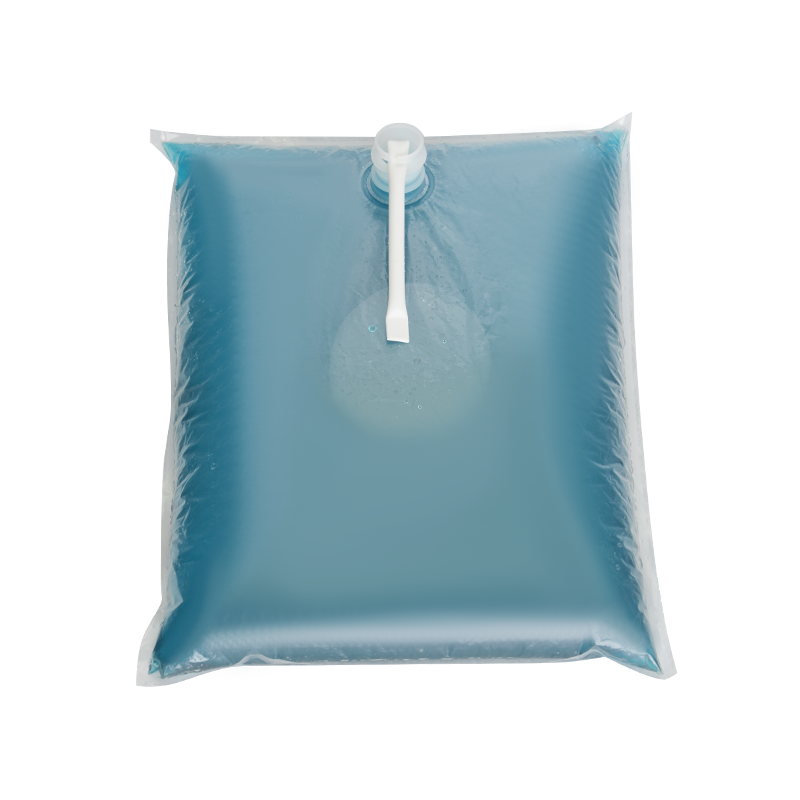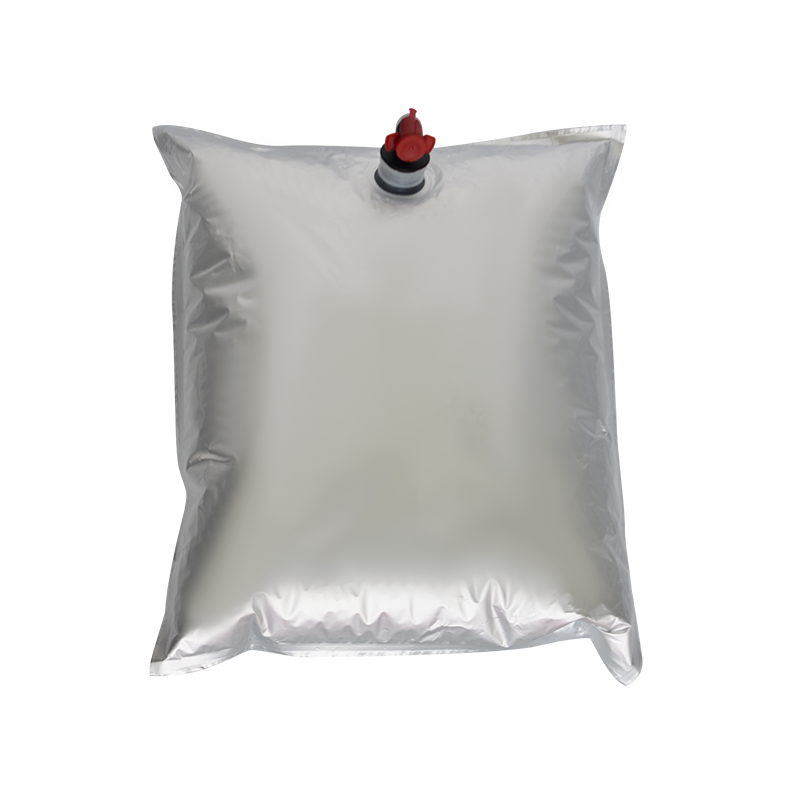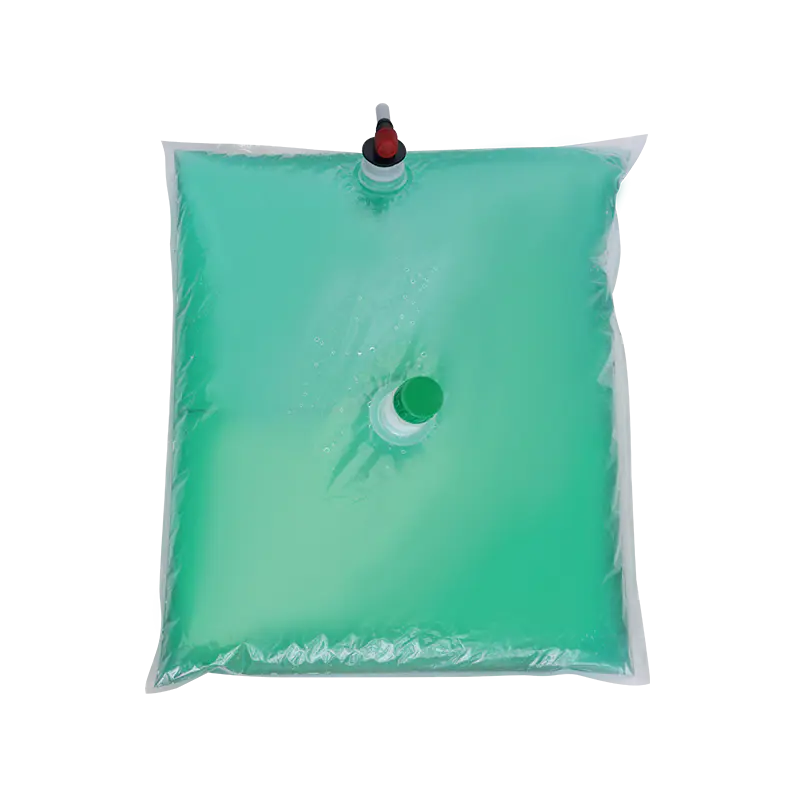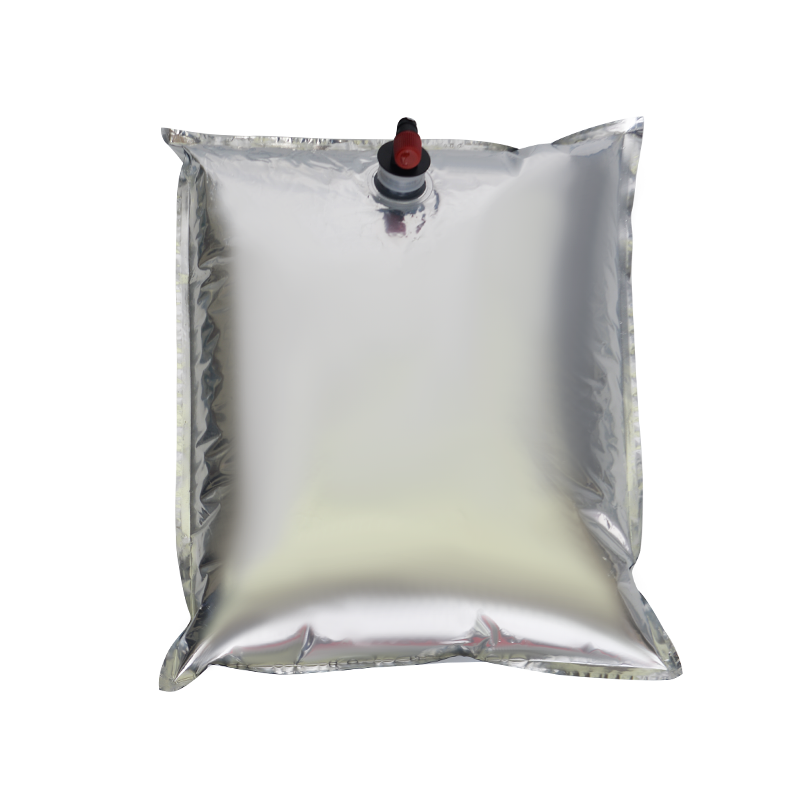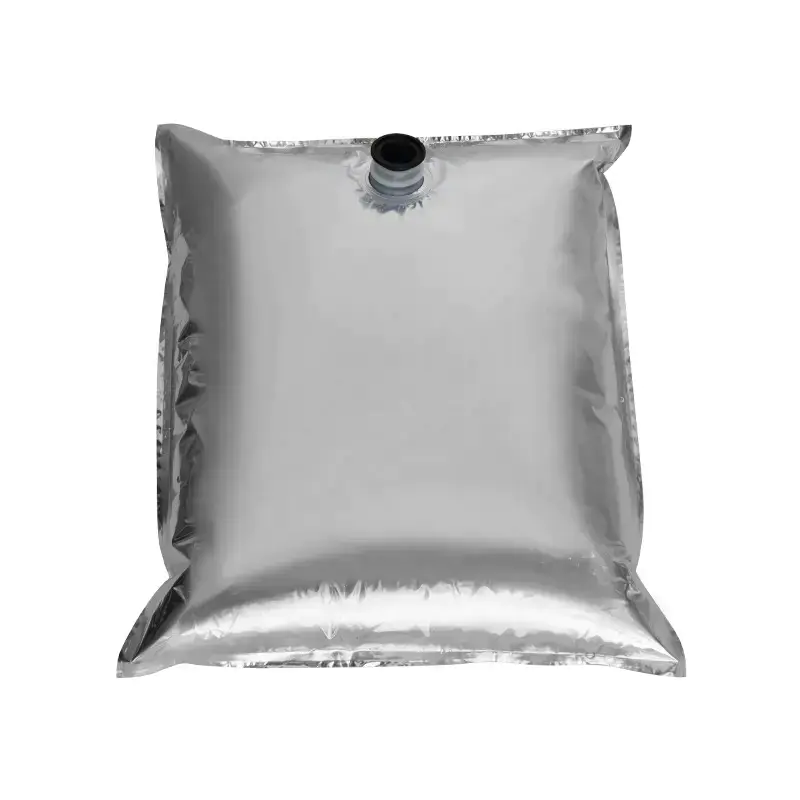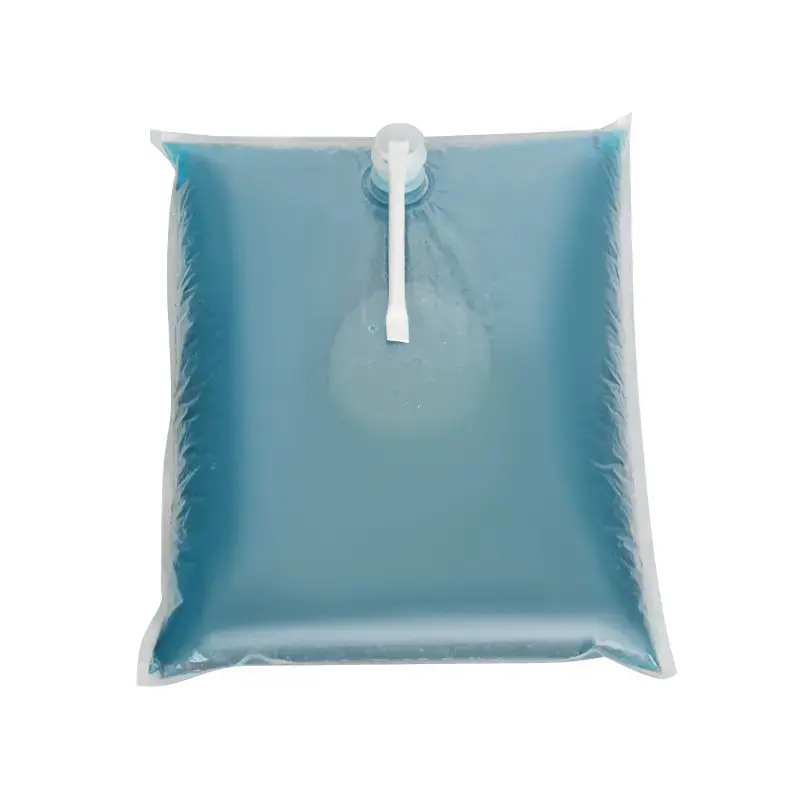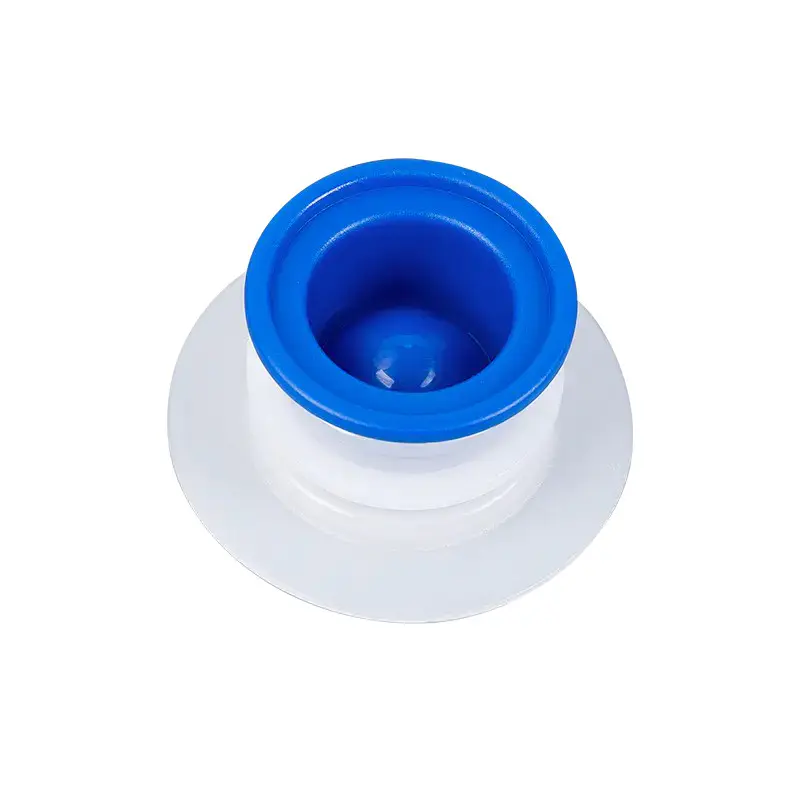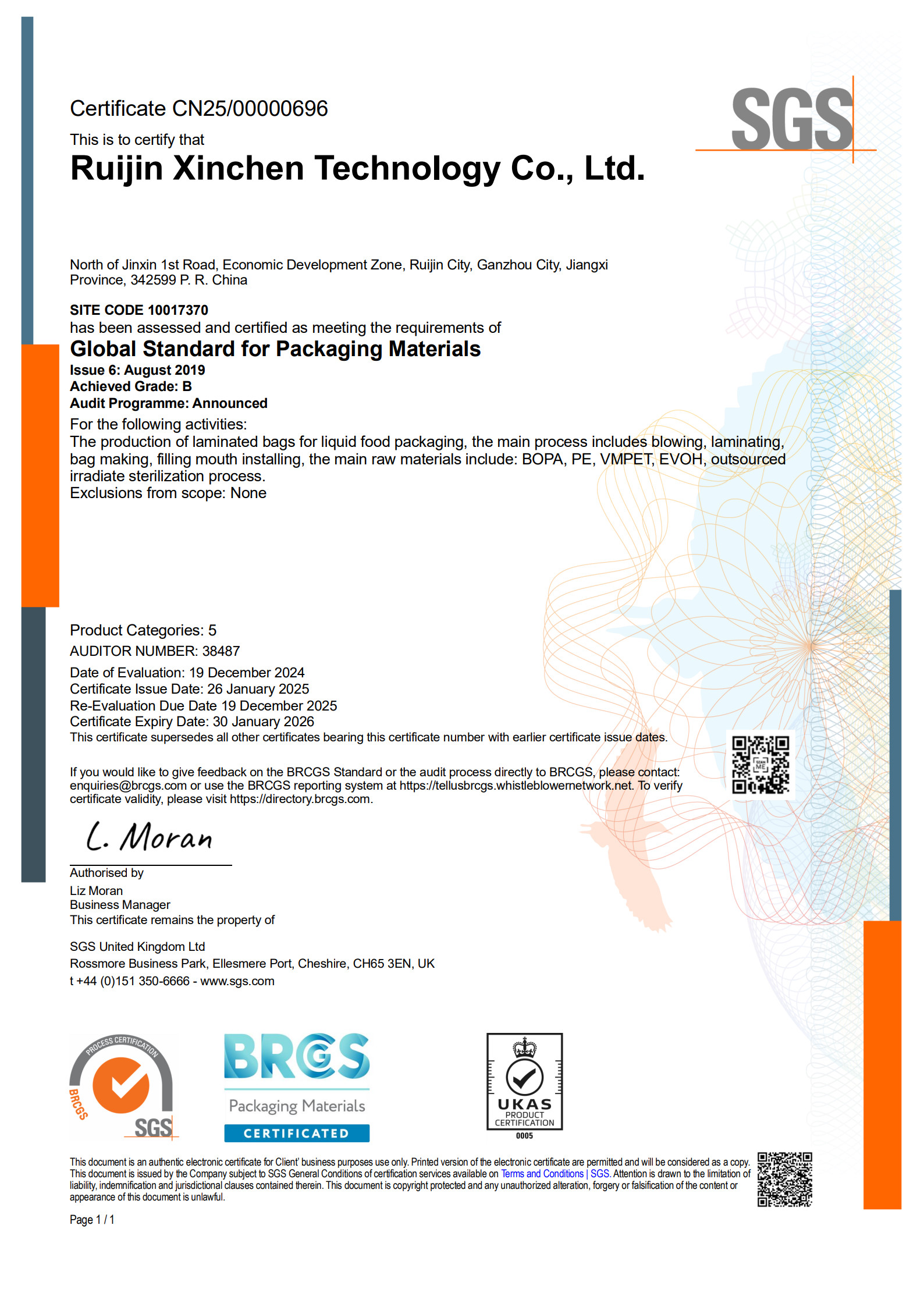
In the modern food industry, Aseptic Bags has become a vital technology that not only extends the shelf life of food, but also ensures the safety and nutritional value of food.
Aseptic packaging is a modern food preservation method. Its core concept is that the packaged food is sterilized for a short time before packaging, and then filled and sealed under completely sterile conditions. During this process, the packaging material, the packaged material and the packaging auxiliary equipment must remain sterile. Common sterilization methods include ultra-high temperature instantaneous sterilization (UHT), which is heating at 137-145 degrees Celsius for 4-15 seconds to quickly kill microorganisms in the food.
Aseptic bags are widely used in the packaging of various foods, especially liquid foods such as milk, juice, concentrated juice, wine, cooking oil, etc. These bags are usually made of multiple layers of materials, the outermost layer is polyethylene, and the inner layer may contain aluminum foil, adhesive layers, etc. to enhance its barrier properties and durability. Aseptic bags have different capacities, ranging from a few liters to thousands of liters, which can meet the production and transportation needs of different scales.
In the dairy industry, aseptic bags are often used for the packaging of pasteurized milk, UTH milk and sterilized milk. This packaging is not only light and easy to carry, but also effectively extends the shelf life of the product and reduces the cost of refrigeration and transportation. In the juice industry, aseptic bags can maintain the freshness and flavor of the juice while avoiding the interference of light, gas and odor.
Advantages of aseptic bags
Extend shelf life: Aseptic packaging technology can significantly reduce the risk of microbial contamination of food during packaging and storage, thereby extending the shelf life of food.
Maintain nutritional value: Short-term high-temperature sterilization will not destroy the nutritional components of food, ensuring that consumers can take in high-quality nutrition.
Reduce costs: Aseptic bags usually adopt a lightweight design, which can reduce the use of materials and transportation costs. At the same time, since there is no need for refrigerated transportation and storage, the overall cost is further reduced.
Environmentally friendly and sustainable: The recycling and processing of aseptic bags are relatively simple, which helps to reduce environmental pollution and conforms to the concept of sustainable development.
As consumers pay more and more attention to food safety and nutritional value, aseptic packaging technology will usher in a broader development space.
Material innovation: Research and develop more environmentally friendly, durable and barrier-resistant packaging materials to meet the special needs of different foods.
Intelligent packaging: Combine the Internet of Things and big data technologies to realize the intelligent management of aseptic bags, including traceability, monitoring and early warning functions.
Personalized customization: Provide personalized aseptic bag design and packaging services according to consumer preferences and needs.
Multifunctionality: Develop aseptic bags with multifunctional properties such as freshness preservation, anti-oxidation and antibacterial to meet the food industry's demand for high-quality packaging.

 English
English русский
русский